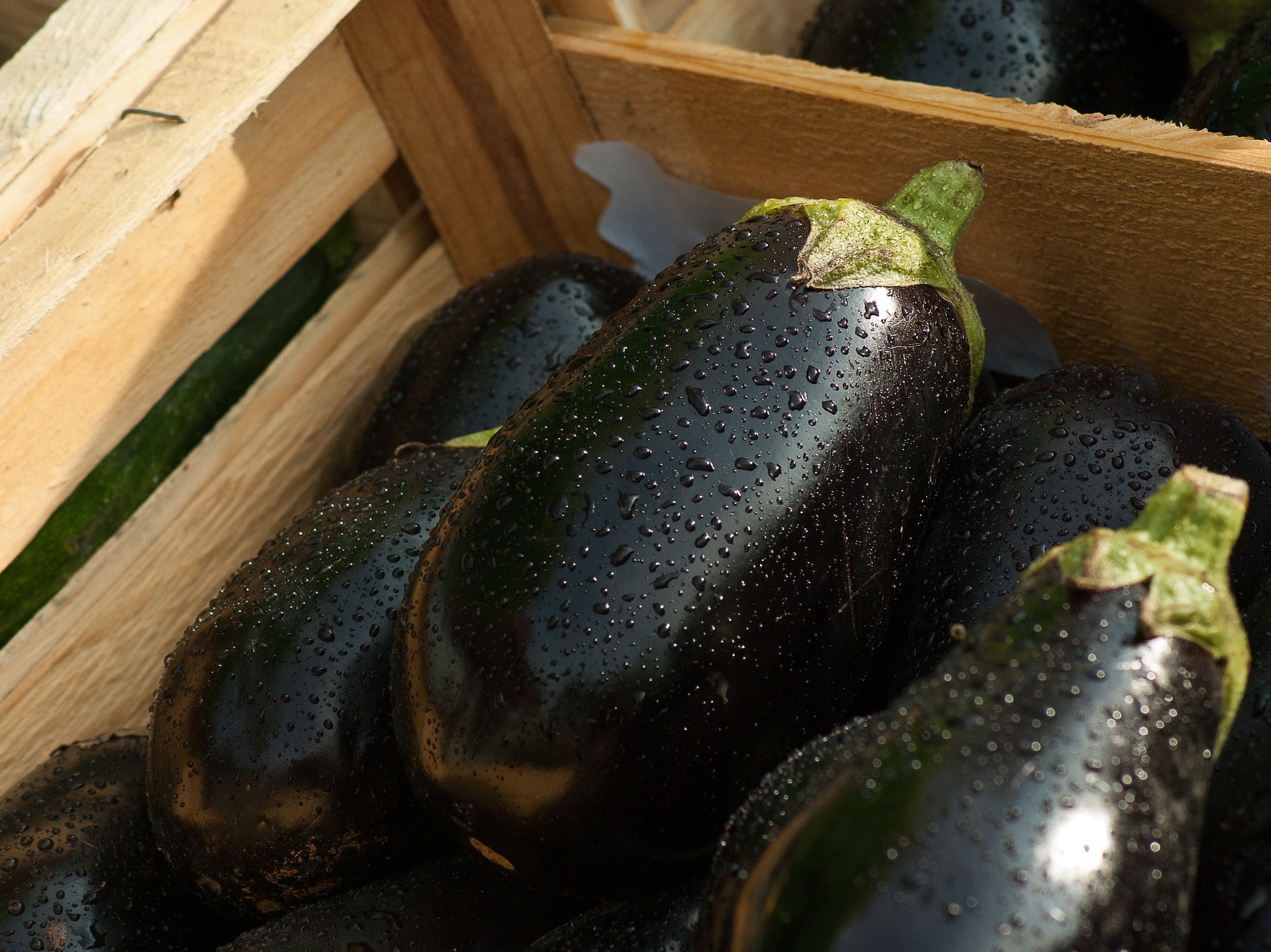Pinching – the removal of suckers – is a care measure in the cultivation of fruiting vegetables, which involves removing suckers (lateral shoots 5 to 10 cm long) that develop in the leaf axils. This procedure helps regulate the vegetative growth of tomatoes and eggplants. Optimal conditions can cause tomatoes to develop a large leaf mass and many suckers, which reduces fruit set. Additionally, the fruits that do set are smaller. In indeterminate tomato cultivars, suckers are removed weekly, and twine is wrapped around the plants. Suckers are removed by hand, knife, or scissors, ensuring the cut is as small as possible to prevent infection and disease.
Pinching Eggplants
During the summer months (July, early August), after the main harvest and when the plant is already heavily branched and setting many small fruits, all excess branches, leaves, flowers, and fruits are removed, leaving only a few well-developed, healthy, and productive branches.
In climates with a short fruiting period, it is recommended to pinch the tops of the branches after setting 4 to 6 fruits and remove branches without flowers to regulate competition for nutrients and assimilates between the leaf mass and the fruits. On flowering branches with many flowers, it is advisable to leave only one set fruit. After green pruning, irrigation and fertilization should be carried out, and the developed fruits reach technological maturity during October and November.
This allows the plants to develop new branches that yield quality crops in October and November when eggplants fetch a higher price than during the regular season.
Inter-row Cultivation of Eggplants
The goal of this measure is to aerate the surface layer and mechanically destroy weeds. It is done 3 – 4 times during the growing season, until the plants close the rows.
For open-field cultivation, inter-row cultivation should be done after each heavy rain (which compacts the soil). It is important to prevent the formation of a soil crust after heavy showers. The cultivation depth should be around 6 cm. Inter-row cultivation is performed with rotating hoes.













































